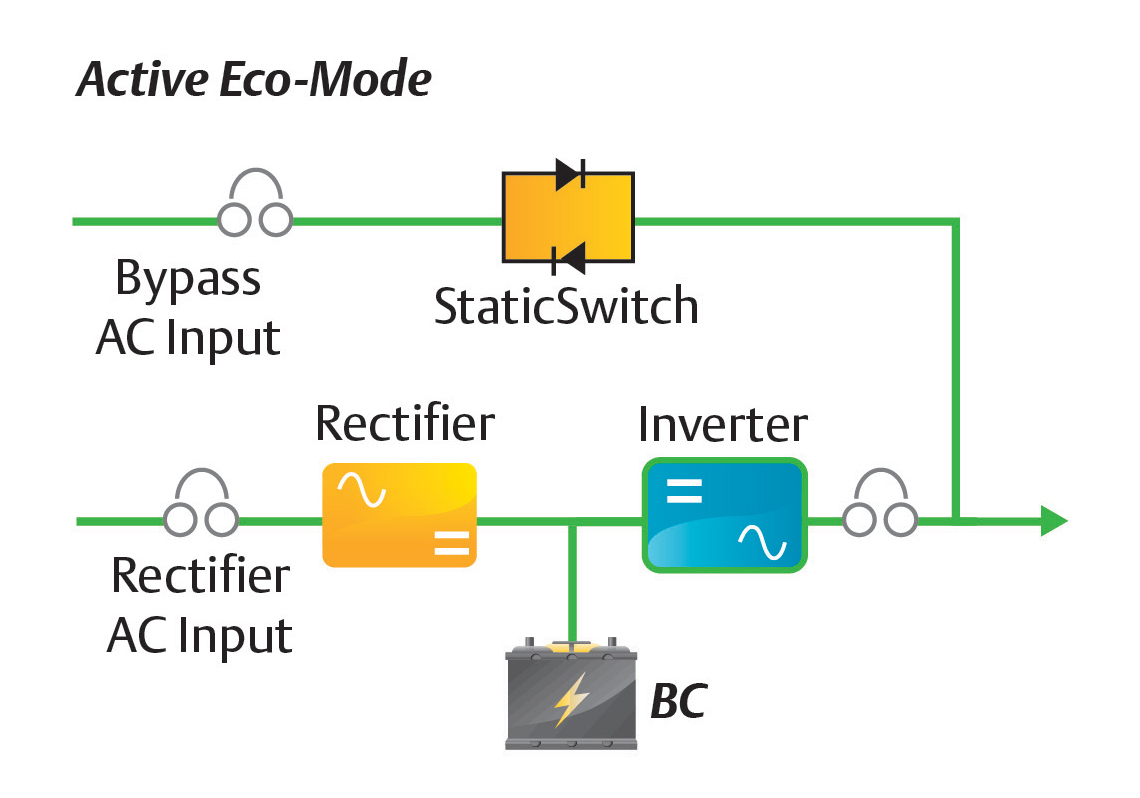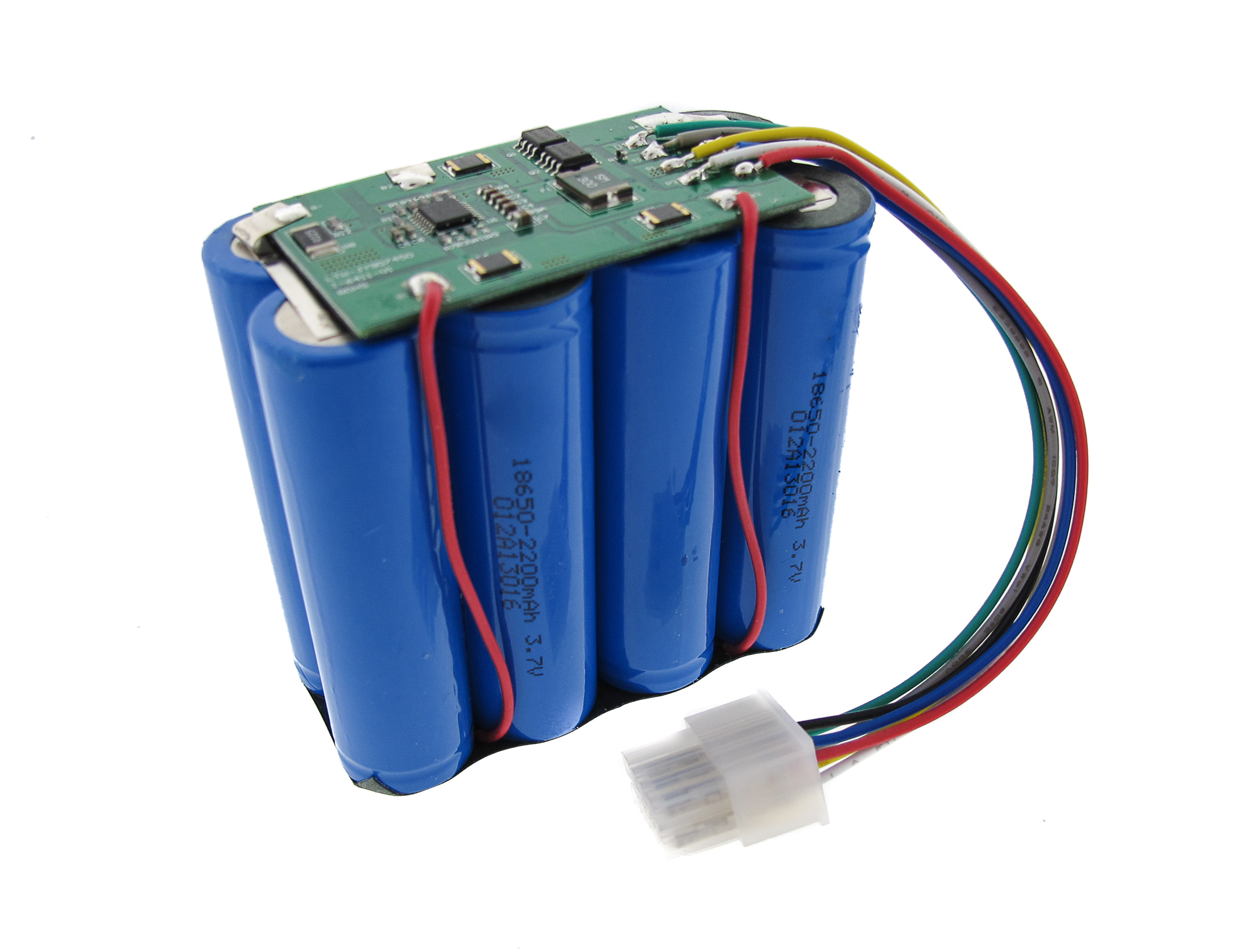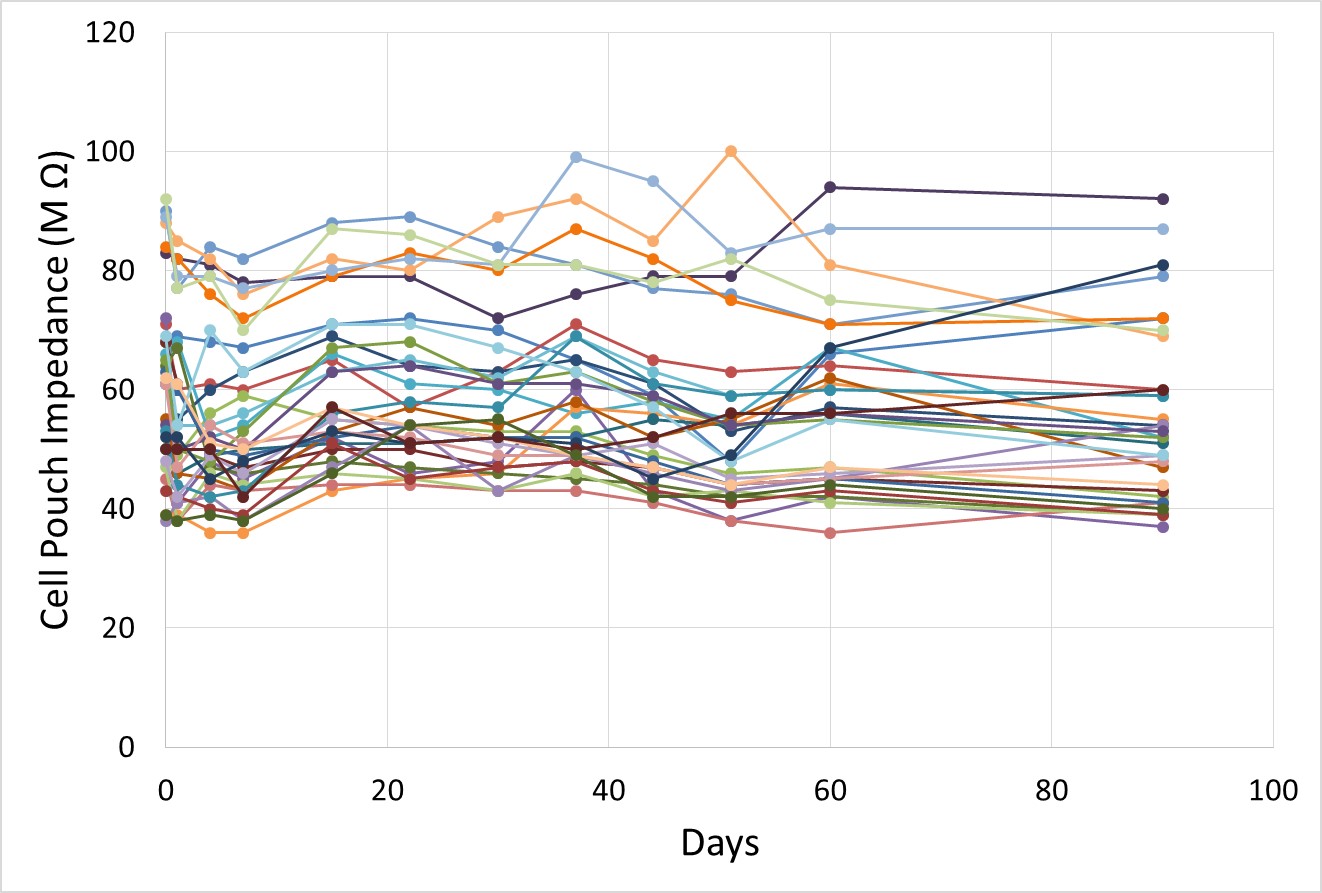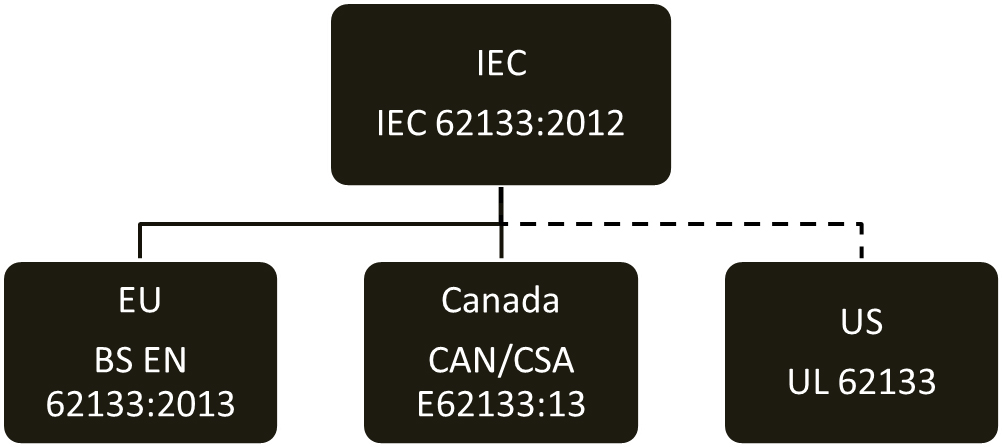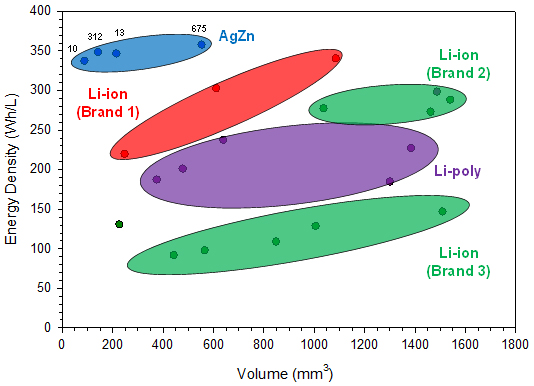Peter Panfil, Vice President, Global Power • Emerson Network Power
One of the most widely discussed issues throughout the world today is the rapidly increasing demand for energy within the computing industry. This is fueling interest in energy efficiency solutions worldwide. Many organizations are looking at their data center’s UPS systems to optimize efficiency while protecting availability and maintaining flexibility to quickly meet growing demands. Read more about Reducing TCO with the Right UPS Architecture and Operating Mode …





